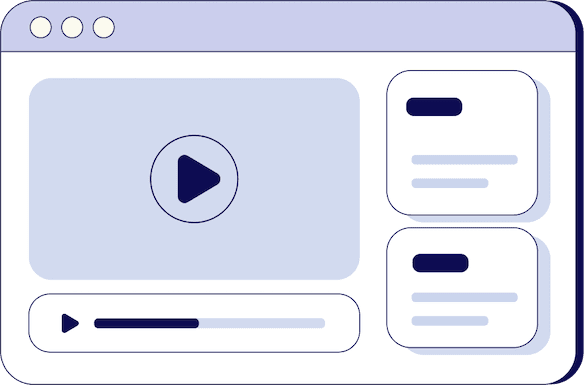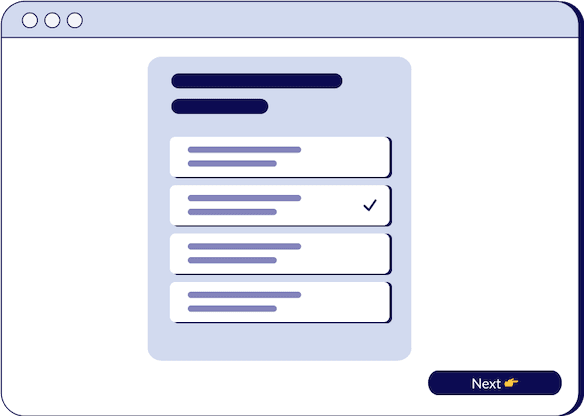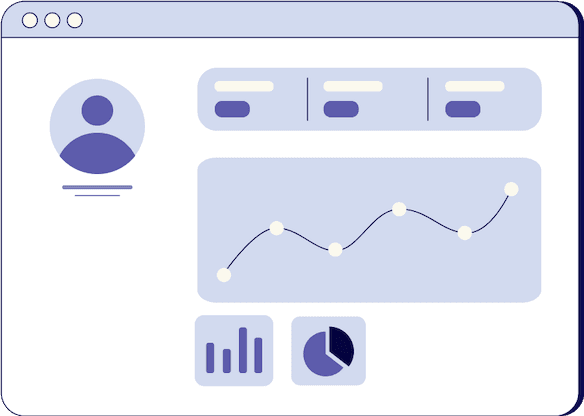.jpg&w=3840&q=75)
How to Create Urgency in Saas Discovery Calls
Chris Orlob
Cofounder/CEO
.jpg&w=3840&q=75)
- duration
- 10 min
- Average Score
- 76%
- Stars
- 5
In the competitive world of sales, creating urgency is often the key to closing deals successfully. Sales representatives face the challenge of conveying the importance of their product or service and the need for immediate action. To address this, sales reps can follow a three-part framework that simplifies the process and makes it feel natural, rather than manipulative.
Step 1: Summarize the Business Problem
Before diving into creating urgency, it's crucial to understand the customer's business problem thoroughly. Sales reps should start by summarizing the problem the customer is facing. This step involves consolidating the information gathered during the discovery phase. The goal is to ensure that both the sales rep and the customer are on the same page.
Example: "Let me summarize what I've heard so far. You're looking to roll out a call coaching program for your AEs because your conversion rates are stuck at 20%. Your CEO wants to increase it to 25%. The main issue is that your reps are feature dumping and not selling enough against pain value and outcomes. Did I get that right?"
Step 2: Ask Open-Ended Impact Questions
Once the business problem is summarized and confirmed, it's time to ask open-ended impact questions. These questions allow the customer to express their thoughts and concerns, giving them a sense of control over the conversation. Open-ended impact questions are powerful because they make the customer feel heard and understood.
Example: "Great, now can you help me understand the ripple effects this conversion rate challenge has on the rest of the business? How is this challenge impacting the business as a whole?"
Step 3: Transition to Targeted Impact Questions
With a solid foundation of open-ended impact questions, sales reps can transition to targeted impact questions. Targeted questions help steer the conversation towards specific areas of concern. This approach narrows the focus and encourages the customer to think about the implications of the problem in more detail.
Example: "To what extent is this conversion rate issue affecting your customer acquisition costs? Is your CFO concerned with this metric due to its impact on costs of acquisition and lifetime value?"
By following this three-part framework, sales reps can navigate the sales process effectively, making the exploration of impact feel natural and client-centric.
The Importance of Starting with Open Questions
It's crucial to start with open questions before moving on to targeted ones. This approach provides the buyer with a sense of control over the conversation and avoids making them feel manipulated. Here's why:
- Permission: Open questions give the buyer permission to share their thoughts and concerns freely. They feel in control of the conversation.
- Positive Interaction: By starting with open questions, the conversation begins on a positive note, creating a more relaxed atmosphere.
- Trust Building: The buyer is more likely to trust the sales rep who respects their input and opinions.
Using Open and Targeted Questions Together
Sales reps should start with open questions to set the stage for a constructive conversation. Once the buyer feels comfortable and engaged, transitioning to targeted questions becomes more seamless. This approach yields positive results and builds trust with the customer.
To enhance your understanding of this framework and see it in action, watch this video session. In this session, an experienced sales professional demonstrates how to apply these techniques effectively.
By practicing this three-part framework and incorporating open and targeted questions into your sales strategy, you can master the art of creating urgency in sales. For more in-depth guidance on this topic, watch the session to learn from the experts.
Creating urgency is a vital skill for sales representatives. The three-part framework outlined here simplifies the process, making it feel natural and client-focused. By summarizing the business problem, asking open-ended impact questions, and transitioning to targeted impact questions, sales reps can effectively convey the importance of their product or service, ultimately driving conversions.
For more insights and practical tips, watch the video session. It's a valuable resource for sales professionals seeking to enhance their skills and create a sense of urgency in their sales approach. Don't miss the opportunity to learn from the experts and take your sales game to the next level.
How Triple Session works
Training, Testing, & Feedback
Triple Session's proven formula accelerates your sales performance through consistent, organized practice, backed by measurable results.

Bite-Sized Knowledge
Our expert-led video sessions simplify complex sales concepts into easy-to-digest 5-15 minute videos for better retention.

Test Your Understanding
After each session, there will be a quiz to test your understanding and help you improve on any areas that need more attention.

Evaluate and Grow
Get progress snapshots after each quiz to track your improvements and achieve your sales mastery goals.